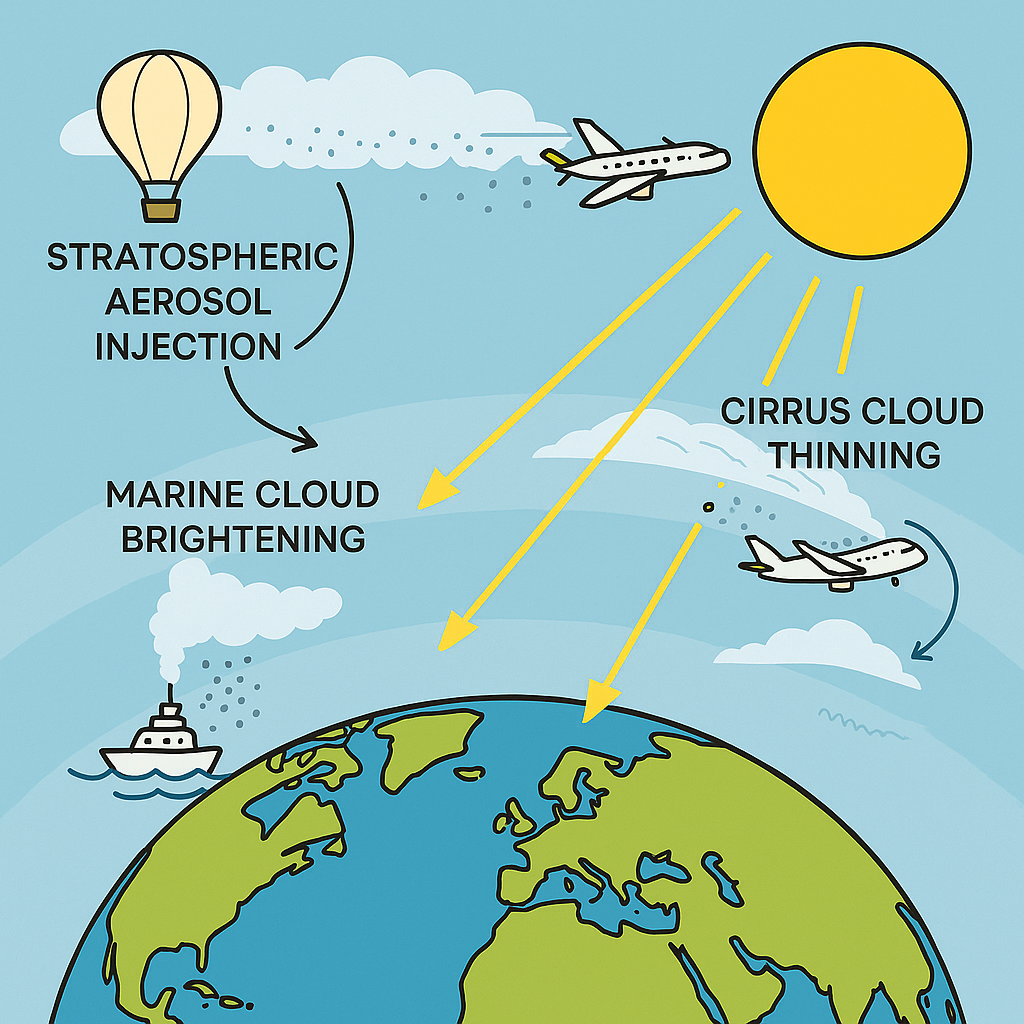
Wars are inevitable; conflicts are the existential truths of life. Peace? Well, peace is like the unicorn of international relations – glittery and mythical, but ultimately nonexistent.
As for the human fascination with chaos, perhaps no one puts it better than Petyr Baelish from Game of Thrones: “Chaos isn’t a pit. Chaos is a ladder. Many who try to climb it fail and never get to try again. The fall breaks them. And some are given a chance to climb. They cling to the realm or the gods or love. Only the ladder is real. The climb is all there is.”
In the context of warfare, this metaphor rings painfully true. Chaos isn’t just a byproduct; it’s the system. Nations stumble, struggle, and climb over each other in the eternal power game, wielding tools of destruction that grow more sophisticated and terrifying with each passing decade. But, no need to panic, right? Just embrace the inevitable and hope we are not the collateral damage.
Immanuel Kant, immanuel’s Substack, in his essay Perpetual Peace, challenged the inevitability of war, arguing that reason, cooperation, and international institutions could establish lasting peace. While history suggests war’s persistence, it also offers glimpses of humanity’s attempts to transcend conflict.
Wars of the Future:
The wars of tomorrow promise to be as exciting as they are terrifying. Forget about boots on the ground; the new battlefield is digital. Think less Saving Private Ryan and more Black Mirror. Drones that pilot themselves, jets guided by algorithms, and cyberattacks designed to cripple nations without firing a single bullet. It’s warfare reinvented.
Niccolò Machiavelli might argue that chaos in international relations isn’t a flaw, it’s a reality. Leaders must act ruthlessly to climb the ladder of power, using whatever tools are at their disposal.
Yet, while chaos often dominates, periods of stability and cooperation, supported by treaties, norms, and institutions, suggest that the system isn’t entirely unpredictable.
Technological Wars:
As warfare shifts to the digital realm, big tech firms are no longer innocent bystanders. They’re the new defense contractors. Whether it’s cybersecurity measures or AI weaponry, tech giants are deeply embedded in modern military strategies.
Of course, where there’s tech, there’s hacking. Databases get breached, algorithms get corrupted, and suddenly, war feels less like chess and more like a high-stakes game of Among Us. Who’s the hacker? Nobody knows, but everyone’s panicking.
Technologies developed by big tech often have dual-use applications, serving both civilian and military purposes. While critics may liken tech companies to traditional defense contractors, their motivations and oversight remain distinct.
Satellites, the eyes or spies?:
Ah, satellites, the Swiss Army knives of modern warfare. They see everything, hear everything, and sometimes, they do everything. Surveillance, communication, navigation and, potentially, targeted strikes. Yes, the same technology that helps us find the nearest Starbucks can be used to take down a missile (or, hypothetically, an enemy).
These celestial sentinels are essentially sitting ducks. Knock out a few key ones, and suddenly your opponent is stumbling around like they’ve lost their GPS and their glasses. Space conflicts? No longer relegated to the dusty shelves of science fiction, they’re the next frontier in our charming little power struggles. And as Constantin von Hoffmeister, Constantin von Hoffmeister, (or at least, as he might argue) wisely implies, turning space into a shooting gallery raises some rather sticky ethical dilemmas about power and, you know, not blowing everything up. Who’s going to be the space police? Space Force? Don’t get me started.
Space policy experts highlight efforts to increase satellite resilience, including redundancy and defensive technologies. The interconnected nature of space assets acts as a deterrent to indiscriminate attacks, as the consequences would be felt globally.
AI-Driven Warfare:
AI systems promise to revolutionize warfare through enhanced precision and efficiency. Autonomous drones and self-piloting jets reduce the reliance on large standing armies, but they raise profound ethical questions. Who is accountable when AI systems fail or cause unintended harm? Software glitches, hacking, and misfires could lead to catastrophic civilian casualties.
While legal scholars are working to adapt international frameworks to address accountability in autonomous systems. Transparent algorithms, human oversight, and legal precedents are critical to mitigating risks.
Bertrand Russell Bertrand Russell, famously said: “War does not determine who is right—only who is left.” The potential for AI to amplify the human cost of war reminds us that technology must be wielded responsibly.
Ethical Dilemmas:
The deployment of AI in warfare introduces several ethical dilemmas:
- Accountability: When an AI weapon malfunctions, who’s to blame? The coder? The operator? The Pentagon? Good luck sorting that out.
- Civilian Safety: Collateral damage is nothing new, but autonomous systems could increase the risks exponentially.
- Weaponizing Everyday Tech: The idea of turning a phone or a smart device into a weapon isn’t just dystopian—it’s plausible.
Factors like the quality of technology, training, strategy, logistics, and the adaptability of the opposing force are equally crucial. The effectiveness of technology is also constantly evolving. Military Strategist Perspective: Carl von Clausewitz, carl von clausewitz, in “On War,” emphasized the enduring importance of human factors, morale, and the “fog of war,” suggesting that technology alone cannot guarantee victory.
Cybersecurity experts emphasize the importance of proactive measures to prevent civilian tech from being exploited for malicious purposes.
The Ladder of Conflict:
Wars are inevitable; conflicts are embedded in the human condition. As much as we’d like to imagine a world without war, history reminds us that peace is often a fleeting illusion. Philosophers like Dugin, Alexander Dugin, emphasize the unifying force of common enemies, while others, like Sachs and Tolstoy, call for systemic change and moral reflection.
And then, of course, there’s Petyr Baelish, whose wisdom echoes through the chaos of modern warfare: “Chaos isn’t a pit. Chaos is a ladder. Many who try to climb it fail and never get to try again. The fall breaks them. And some are given a chance to climb. They cling to the realm or the gods or love. Only the ladder is real. The climb is all there is.”
Welcome to the Future (Hold On Tight):
The future of war isn’t coming—it’s already here. From AI-driven drones to space-based satellites, the battlefield is evolving in ways we never imagined. But with these advancements come immense ethical, societal, and philosophical questions. Who decides what’s right and wrong when machines hold the power of life and death? How do we balance progress with accountability?
One thing’s for sure: chaos may be the system, but amidst the turbulence, there’s always a ladder. Whether we climb it wisely or recklessly is up to us.
Post a comment
You must be logged in to post a comment.





